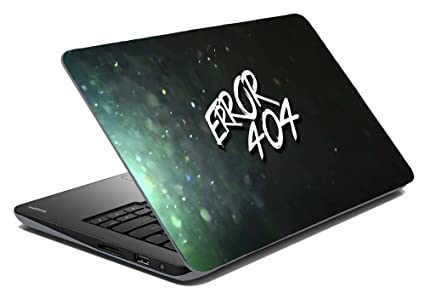The Thread Stuck In Device Driver problem means that a device driver is stuck in a loop, waiting for the system hardware to do anything else or go idle. This is virtually usually the case with the video cart’s driver.
This error frequently happens when the user is doing something that makes use of the computer’s graphics processing unit. This problem is accompanied by a A Blue Screen of Death, and the user must restart the computer to resolve it.
This problem affects AMD and Nvidia graphics cards, and users have complained about it.

In Windows 10, How Can You Fix The Thread Stuck In Device Driver Error?
There are two possible solutions to this mistake. Both have been tried and tested and are suitable for a variety of scenarios. There are a number of approaches that can be used to address this issue.
Method 1: Turn Off Hardware Acceleration (Windows 7)
Setting the Hardware Acceleration to None will fix the problem, but it will restrict the video cart’s usefulness and performance.
The following are the steps to complete this method:
Step 1 – To open Windows, press and hold the Windows key while typing Display.
Step 2 – Once the display is up and running, the user should go to Change Display Settings and select Advanced Settings.
Step 3 – The user should then go to Troubleshoot and select the Change Settings option after opening it.
Step 4 – The user will notice a Hardware Acceleration heading in the troubleshooter, which they should drag all the way to the left, towards None.
Step 5 – The user can then select OK and restart the computer.
Method 2: Check for BIOS Updates
It’s important to figure out the BIOS version the user has right now so that you can upgrade it if necessary. If there is a BIOS update that has to be installed, the user may receive a BSOD error.
The steps to resolve this issue are as follows:
Step 1 – To open the Run, the user must first hit the Windows and R keys on the keyboard. To open the System Information window, the user must type misinfo32 and then hit Enter.
Step 2 – After that, the user should go to the System Summary tab and look for their BIOS version beneath the processor speed. The user should take note of the version because it will be required in the following steps.
Step 3 – The user should then go to their laptop or motherboard manufacturer’s website and look for their model’s drivers. They should also be cautious about downloading and installing a BIOS update from a different model because doing so could brick their computer.
Step 4 – If a newer version is available, the user should install or download it.
Step 5 – Before installation, the user should read the documentation. The documentation may be useful in informing the user on how to apply certain updates, such as a patch or drivers that are older than a specified version. If the user fails to set this right, the computer may be bricked.
Step 6 – Reboot after updating the BIOS using the downloaded.exe file. The updates will fail if the device shuts off, and the reboot will not be complete; therefore, it is best if the laptop’s battery is fully charged to avoid failure.
Method 3: Download and Install
If none of the preceding techniques worked, the error was almost certainly caused by malfunctioning video card drivers. Here are the measures you take to rectify the situation:
Step 1 – Click Windows on the keyboard, then type Device Manager and press Enter to launch it.
Step 2 – From the list of devices that appears, the user must expand Display Adapters.
Step 3 – Right-click on the graphics card and select Update Driver Software from the context menu. This will allow Windows to update the drivers and then reboot.
Step 4 – Instead of updating, the user might choose to uninstall. After rebooting, the user should go to the GPU manufacturer’s website and download the most recent GPU for the system.
Step 5 – The user can now install the downloaded drivers and reboot.
Method 4: Change Your GPU
If all of the above approaches fail, it’s possible that the user’s graphics card is broken, and he or she will need to replace it. However, before purchasing a new one, the user should borrow one from a friend to see if it works with the system.
If that happens, the user will no longer see problem notifications, and it will be evident that they need to purchase a new one.
Conclusion
The methods mentioned above are fairly straightforward, and the user should have no trouble putting them into practise. Finally, the error is a software problem that can be easily resolved by changing the device’s BIOS or graphics card driver.





